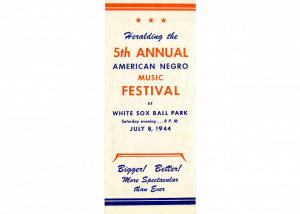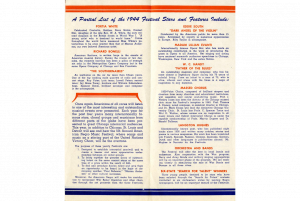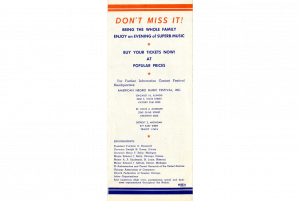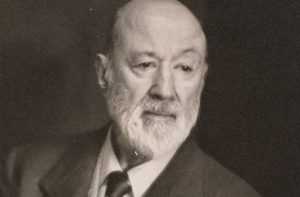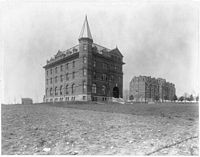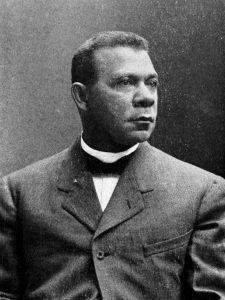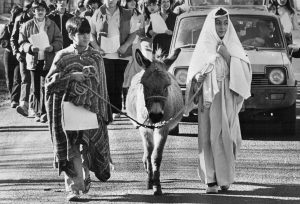As a part of my research for Early Jazz, I’ve been collecting data points on Sidney Bechet, a clarinetist and soprano saxophonist who pioneered early jazz playing on his instruments. Bechet bounced between hundreds of jobs and gigs during his time, one of them being a part of the pit orchestra for composer Eubie Blake’s La Revue Negre, a review show that performed in France, leading him to interact on several occasions with Blake. When searching for more information about Blake, an article turned up that fascinated me, titled “Colored Artist Doesn’t Seek Much”. In the article, the author -which is not listed and is attributed as anonymous- uses comments from Blake to justify minstrelsy. Blake’s comment that “If the white minstrel be a good actor, then he gives a characterization of the Negro we admire” is used to justify the practice of minstrelsy, and is contrasted with the idea that not accepting minstrelsy is “stirring up hornets” (1).
However, that’s not what Blake intended with his comment. The keyword is “good”, which is relative to the opinions of a specific individual. In using the word “good”, Blake likely means a minstrel performer who makes a good-faith attempt to portray blackness (or whatever that means in the context of minstrelsy). However, the author breezes over this discrepancy towards his own end. The author likely means someone who is purely entertaining; this statement then becomes less about Blake’s own opinion and more about the author using a token person of color to justify his own means.
This source, while infuriating on multiple levels, highlights how complicated and diluted our understanding of historical conversations surrounding the practice of minstrelsy is. While in this article it’s easy to discern how Blake’s words were misused, this is likely the exception and not the norm. There are likely other historical articles that discuss minstrelsy that manipulate and bend the words of people of color in ways that are nearly untraceable in the present day. With this in mind, we need to have a cautious and keen eye as we look towards the past to better understand our history and the discussions around racist practices.
“Colored Artist Doesn’t Seek Much.” Advocate (Kansas City, Kansas) XI, no. 25, February 6, 1925: [1]. Readex: African American Newspapers. https://infoweb.newsbank.com/apps/readex/doc?p=EANAAA&docref=image/v2%3A12AE42418574BA80%40EANAAA-12BF19AEA32ADE60%402424188-12BF19AEB3350DF8%400-12BF19AEE80B6F30%40Colored%2BArtist%2BDoesn%2527t%2BSeek%2BMuch.

